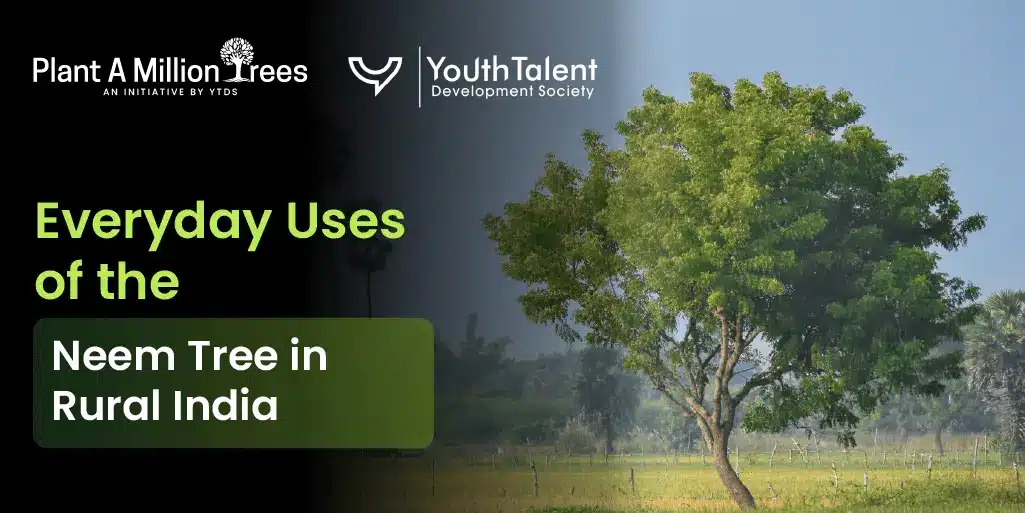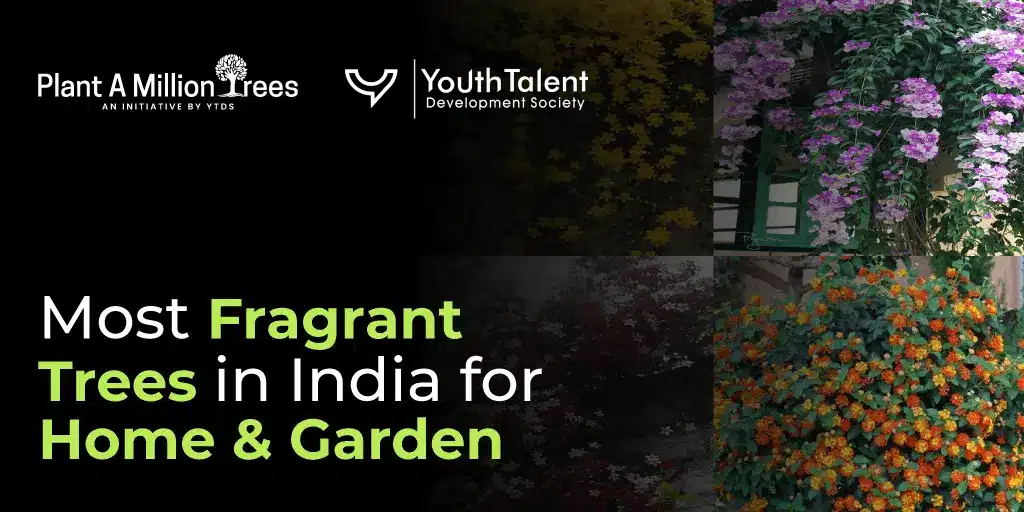Enter any ordinary Indian garden or courtyard of any temple, and you will discover that smell has as much...
The neem tree is a common protector in the sleepy village streets in India, in the fields and straw roofed huts. The neem tree ( Azadirachta indica ) is commonly referred to as the Village Pharmacy, because of its utility as a shade giver, and much more importantly, a major element in rural livelihood, culture, and sustainability.
Whether cultivated for harvest and livelihood, or broken down to digest, whether used as environmental conundrum or in spiritual inference, there are the myriad varieties of neem tree uses in rural India intricately embedded in the surroundings of day to day.
The Role of Neem in Village Life
Neem is more than a plant, it is the way of life in the villages. It appeared in the yard, next to a well or even at the border of a farm, which tells a lot about its versatility.
All the neem tree parts have their use in conventional rural household: leaves, bark, seeds, twigs, and flowers are all used. Farmers are using neem leaves to guard crops whereas women are using it to clean homes.
It is not only worshipped because of its utilitarian properties but also because of its meaning association, purity and health.
Cow sheds in many states such as Uttar Pradesh, Rajasthan and Maharashtra are usually surrounded by the planting of neem trees to drive away insects. In the hot afternoons, villagers sleep under it and they commonly conduct religious ceremonies under the canopy.
Neem for Farming: The Organic Protector
Neem, when used for farming, is one of the strongest examples of such situations combining neem with rural livelihoods. As the farmers become more literate on the dangers of chemical-based pesticides, they are resorting to the use of neem-based products which are environment friendly and not very expensive.
Neem as Pesticide
The traditional pesticides are neem seed kernel extract and neem oil. They also drive off over 200 varieties of pests such as aphids, caterpillars, and whiteflies but do not cause any damage to useful insects such as earthworms and bees.
Pesticides that are made using neem are bio-degradable, toxic and non-harming to food crops. Neem cakes (the pulp left over after extracting the oil) is combined with the soil in Tamil Nadu and some areas of Karnataka to increase its yield, and to heal it of pests living in the soil such as nematodes.
Neem in Composting and Manure
In compost pits, farmers crush neem seeds and neem leaves. It improves microbial action and foul odour. Neem added to cow dung or organic manure also reduces the rate of nitrogen loss, and it is therefore, a sustainable nitrogen stabilizer.
Traditional Uses of Neem in Households
This is just the tip of the iceberg as neem has many other traditional uses. It is eminent in the rural households.
Uses of Neem Leaves Uses
- Air Purifier: Traditionally in the villages, villagers will put a branch of neem as a natural fly and mosquito repellent at the doors and at the windows.
- Herbal Bathing: This is very normal, bathing with water in which some neem leaves have been put.
- Food Preservation: Dry leaves of neem are added to grain storage close to prevent insects and fungi.
Neem Twigs for Dental Hygiene
The usage of neem twigs as a way of brushing the tooth is an ancient tradition. These twigs are also used in the local community to clean the mouth otherwise known as datun and whiten teeth during the mornings and gum infections.
Even in this era, most of the villagers in Bihar and Madhya Pradesh can be found using neem datun in place of commercial toothpaste.
Neem Bark Benefits
Its bark, bitter as it is, And has its place in several home-made nostrums:
- Infusions against fever
- Wound-healing pastes
- Gut tinctures
Women make an antiseptic wash for wounds or infection with neem bark boiled with turmeric by women.

How Neem Is Used in Rural Households in India
This long-tail keyword indicates a cultural, economy, and ecological combination of relevance. Therefore, the use of neem in Indian country households cannot be reduced into a domain of practice alone, it cuts across generations and fields.
Festivals and Rituals
Neem leaves are applied on festivals such as Gudi Padwa and Ugadi. In Andhra Pradesh and Telangana, the neem and jaggery are served during celebrations of New Year to represent the bittersweet life events.
Green Feminist Ally-wood
Rural women use neem smoke in order to clean menstruation cloths. Others even use neem leaves in water to take intimate hygiene.
Neem in Animal Keeping
Neem water is used to wash cattle by the farmers against ticks and mites. Wounds or infected hooves are also treated with the neem paste. In Gujarat, neem oil is also included in the cow food at low doses to enhance digestion and immunity.
Neem and Sustainable Development: A Green Guardian
The Youth Talent Development Society (YTDS) is one such organization that is putting neem back in the spotlight.Their program is called Plant a Million Trees and this is an effort trying to restore the urban and rural areas with native and heat tolerant trees.
Having planted over 30,000 neem saplings across the regions such as Pune and Nagpur, YTDS plays a considerable role in terms of climate resilience.
These plantations do not only have medicinal and agricultural advantages but also ameliorate the microclimates of the area and alleviate the sprawling heat islands around cities.
Case Studies of Rural India
1. Neem in Drought Prone Rajasthan
Farmers of Barmer and Jaisalmer district apply neem cake to provide moisture to the soil. This practice has enabled them to minimize their reliance on manufactured fertilizers and enhanced the soil resilience.
2. Neem-Based Pest Control Vidarbha, Maharashtra
With farmers in the cotton business suffering suicide rates because of killing crops, the NGOs turned up with neem-based crop protection methods. This made input cost very low and resulted in improved yields.
3. Varanasi Neem Datun Markets
Small scale traders and women self-help groups collect neem twig and sell in the local markets. It favors business in rural areas and it preserves ancient traditions.
Neem Tree FAQs in the Rural of India
How do people use neem trees most commonly in rural India?
Mosquito repel, wound care, composting, grain preservation, oral hygiene and pest control.
What is the role that neem plays in agriculture?
As soil enhancer, and fertilizer (neem cake) and pesticide.
Do people in India have specific regions of neem use?
No, in the entire India neem is used with region specific uses according to crop and climatic conditions.
Is neem child and animal safe?
Yes, as far as it is used correctly neem can be considered to be safe and non-toxic.
How is neem bark and neem leaves used as medicine?
blood-purifying, anti-fungal, and anti-bacterial, anti-inflammatory.
Final Thoughts
At a time when the world struggles with climatic changes, food insecurities and an increase in health-related issues, rural India presents an age-old example of sustainable living in the form of its association with the neem tree.
They make the use of neem in the farm fields and in family rituals and helping with the healing of the wound as also in healing the Earth.
When we adopt the ancient wisdom of using neem tree in rural India, not only are we making good in preserving a tradition but we are also opening the door to a greener and healthier future.




